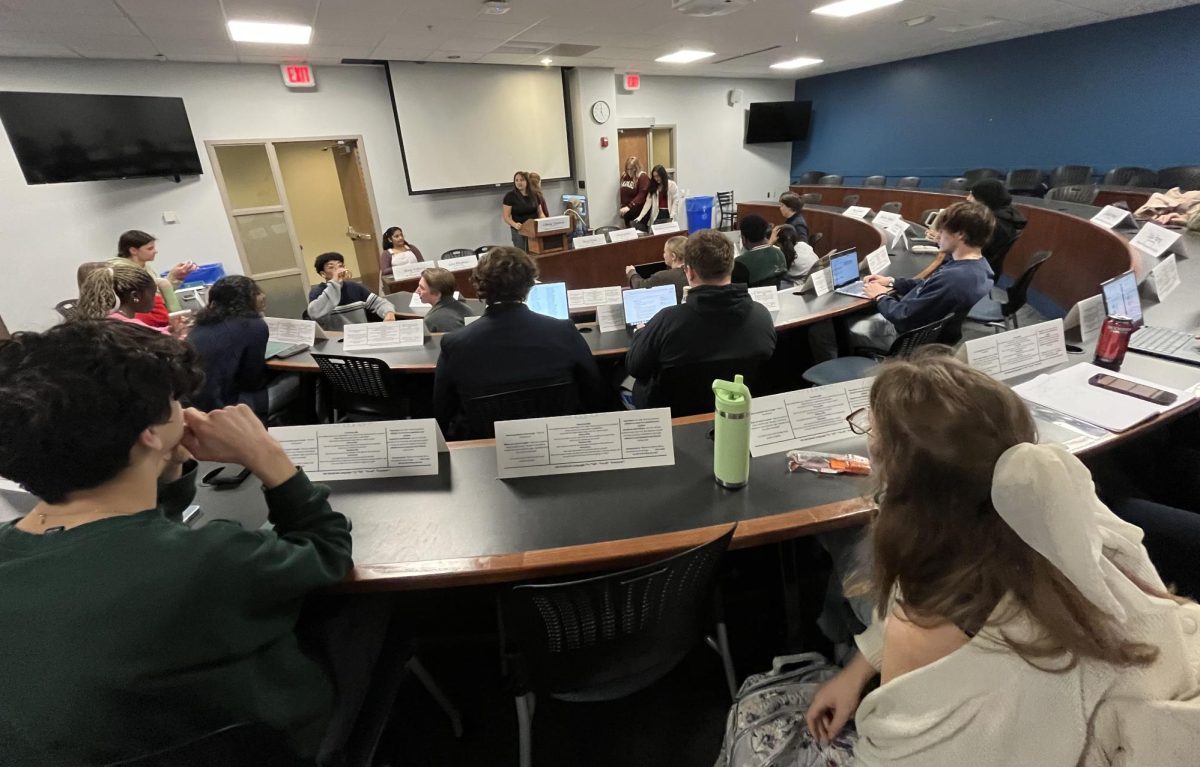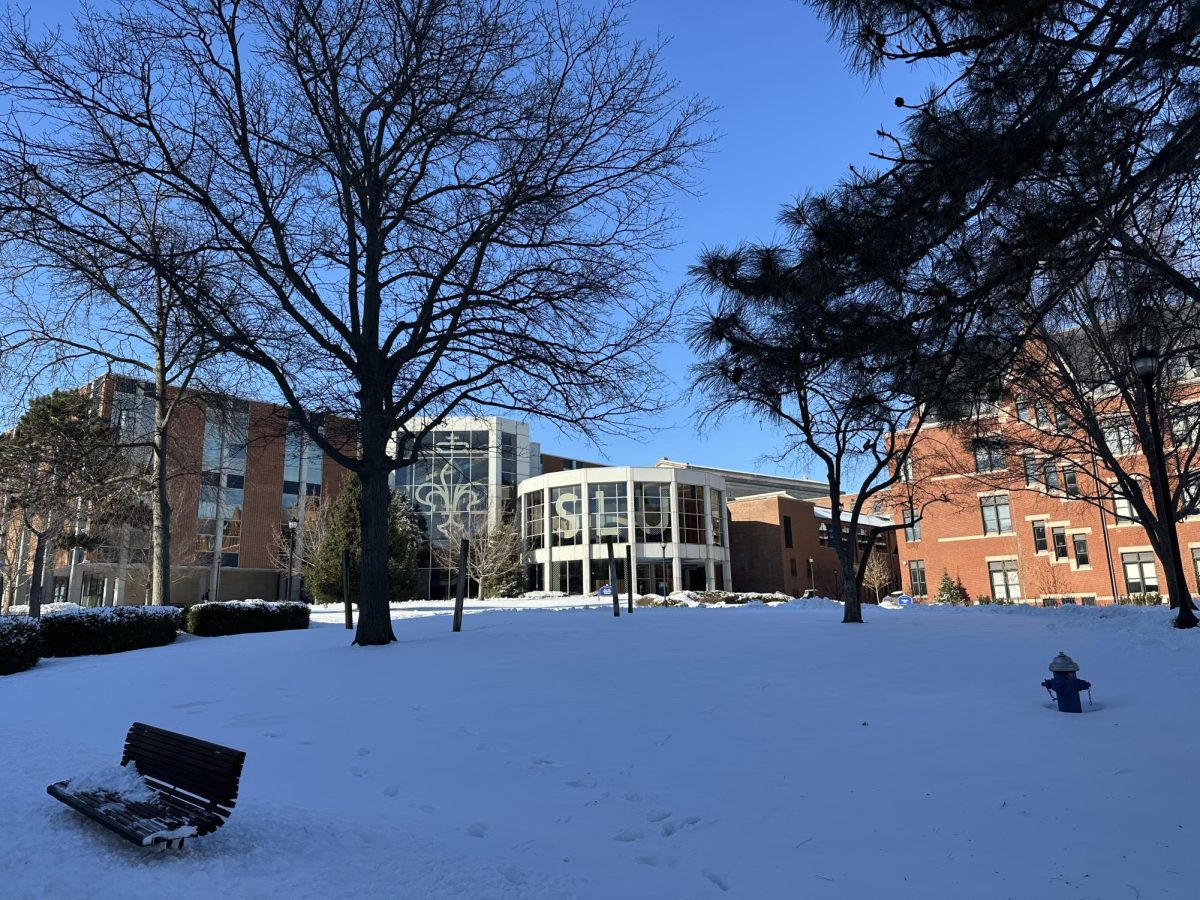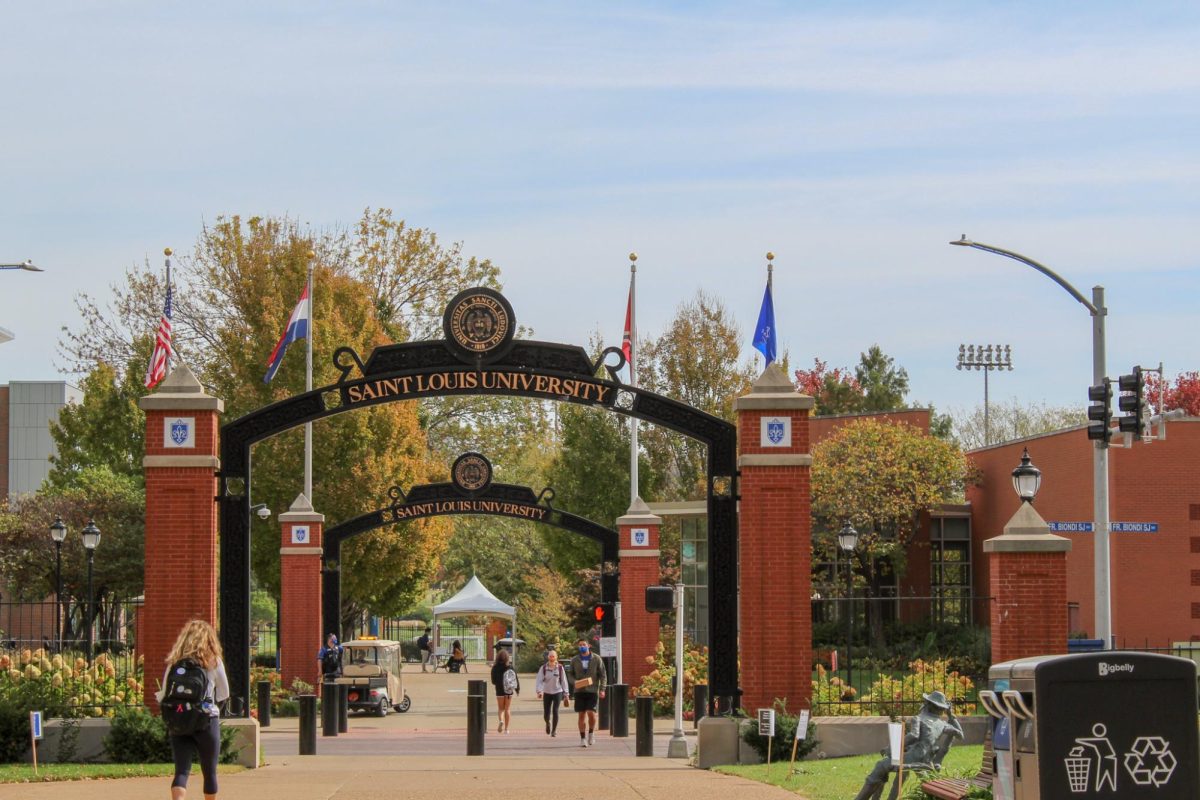As students filed into apartment assignment appointments, they may have noticed the limited selection available in Grand Forest Apartments. On the other hand, Marchetti Towers may have seemed a bit more available than expected.
These anomalies are, in part, a result of the move of athletic housing from Marchetti to Grand Forest, taking 94 of the 327 spaces in Grand Forest, approximately 29 percent.
Lori Flanagan, senior associate athletic director, cited transition issues as the primary reason for the move. She explained that Marchetti has always presented unique situations, as many athletes must move to campus earlier than the rest of the student body, requiring a staffed security desk in both towers. In some instances, Marchetti has not been ready for early move-in or available for late move-out, thus athletes have been forced to stay several transition weeks in places like Fusz Hall or the Village Apartments.
“We had to come up with something much simpler,” Flanagan said.
When Grand Forest was purchased last June, the athletic department saw it as an opportunity to eliminate many of these issues.
“It really was an opportunity for us to solve so many of those issues,” Flanagan said.
The University has always been committed to housing athletes when they have athletic commitments, this includes before school begins, after school lets out and during all breaks. As a result, many athletes must live in apartments in order to avoid moving around during residence hall closures.
With NCAA seasons starting earlier and ending later, Argyle Wade, director of housing, believes it would be difficult to house most athletes anywhere but apartments.
“Athletes have a different schedule than most students,” said Meghann Burke, a junior on the soccer team.
According to Flanagan, Grand Forest will minimize the issues surrounding early move-in and breaks. It also has the potential to serve as a good recruitment tool, she noted from conversations with coaches.
The athletic department requested that all athletes not be placed into the same building, thus avoiding the creation of specific team buildings.
“We wanted them spread throughout the complex,” she said.
Burke has heard rumors of the move to Grand Forest but has had no confirmation. While being content with Marchetti, she thinks that Grand Forest seems more like an apartment complex.
Junior basketball player Greta Bujaker has lived in Marchetti for three years. She said that many of her teammates had questions concerning Grand Forest and its furnishings.
“We hadn’t ever thought about Grand Forest; to us, Marchetti was fine,” Bujaker said. She added that she is excited about Grand Forest now that it will be furnished like Marchetti.
The exact number of allocated spaces is determined each year by the Department of Housing and Residence Life and the Department of Athletics. The athletic department then decides which student athletes will live in which spaces. Many times exact assignments for athletes are not known until mid-summer.
Aside from basketball athletes who must practice during Thanksgiving and Christmas breaks, freshmen athletes must live in residence halls. The Department of Athletics has contracted approximately 50 of the 2,034 residence hall spaces for this purpose.
University policy prevents athletes from using University scholarships to pay for Village housing or off-campus living, but some students choose to handle those bills themselves.
Other universities, such as Marquette University, stop all outside activities on campus after Aug. 1, thus student athletes can move in early.
Some universities create athletic dorms that accommodate athletic schedules. “We have never wanted to have isolation like that,” Flanagan said.








